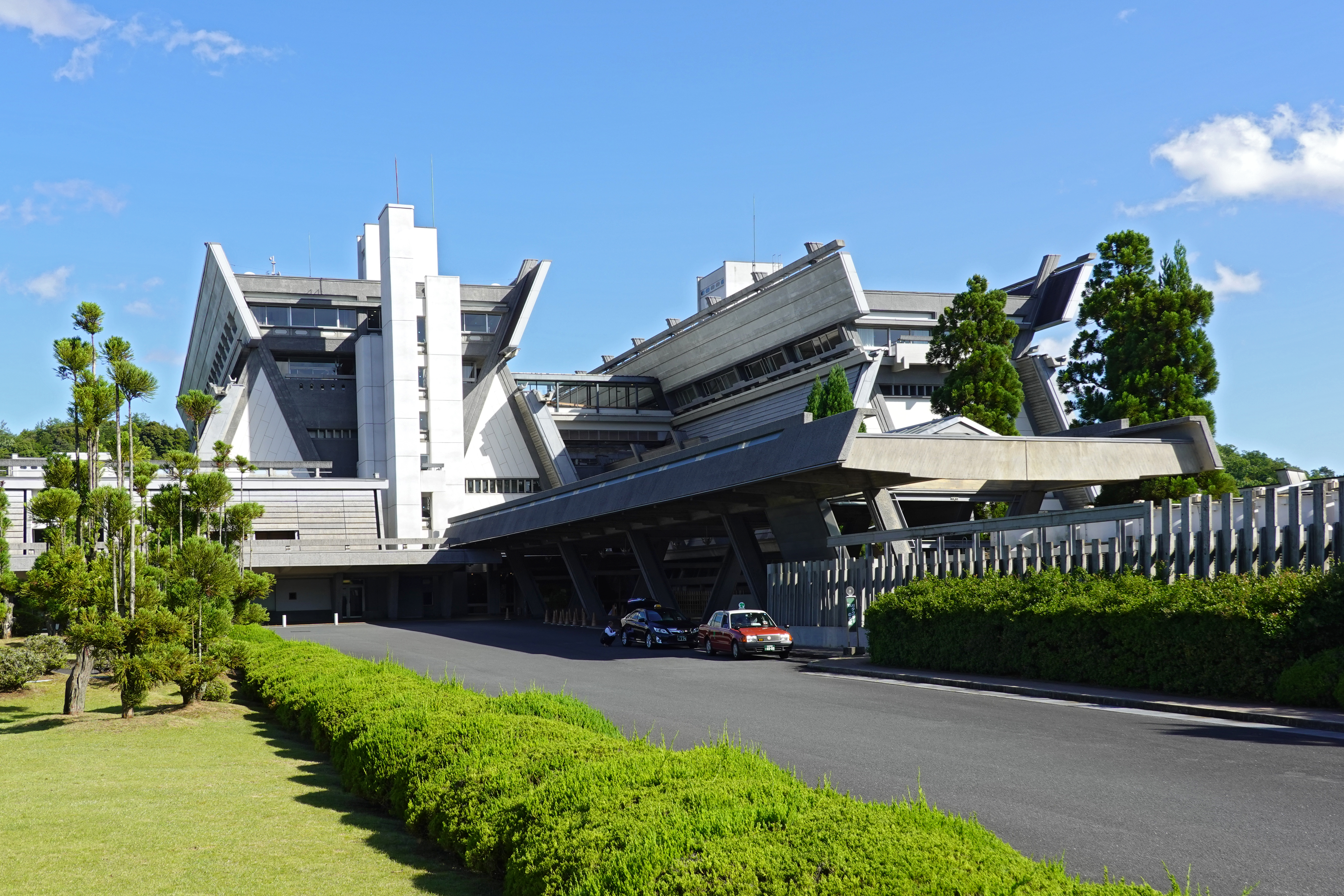|
Kiyoshi Yabuuchi
Kiyoshi Yabuuchi (''Yabuuchi Kiyoshi'' 薮内 清; 12 February 1906 (Meiji 39) – 2 June 2000 (Heisei 12)), often written in Kunrei-shiki romanization as Kiyosi Yabuuti, was a Japanese astronomer and historian of science. He gained an international reputation as a leading pioneer in the field of pre-1840 Chinese mathematics and Chinese astronomy. Biography Born in Kobe, Kiyoshi Yabuuchi studied science at Koyo Gakuin High School and Osaka High School (now part of Osaka University). At Kyoto University he studied the history of Chinese astronomy under Shinzo Shinjo and graduated from the Department of Astrophysics and the Graduate School of Science and Faculty of Science in 1929. Yabuuchi became in 1929 an assistant at Kyoto University and became in 1935 a consultant at the Kyoto Institute of Oriental Culture (now part of the Kyoto University Research Centre for the Cultural Sciences), later becoming a researcher there. In 1948 he was appointed a researcher at Kyoto University, ... [...More Info...] [...Related Items...] OR: [Wikipedia] [Google] [Baidu] |
Kunrei-shiki Romanization
, also known as the Monbusho system (named after the endonym for the Ministry of Education, Culture, Sports, Science and Technology) or MEXT system, is the Cabinet of Japan, Cabinet-ordered romanization system for transcribing the Japanese language into the Latin alphabet. Its name is rendered ''Kunreisiki rômazi'' in the system itself. It is taught in the Monbushō-approved elementary school curriculum. The International Organization for Standardization, ISO has standardized Kunrei-shiki under ISO 3602. ''Kunrei-shiki'' is based on the older Nihon-shiki romanization, ''Nihon-shiki'' romanization, which was modified for modern standard Japanese. For example, the word かなづかい, romanized ''kanadukai'' in ''Nihon-shiki'', is pronounced ''kanazukai'' in modern standard Japanese and is romanized as such in ''Kunrei-shiki''. The system competes with the older Hepburn romanization system, which was promoted by the Supreme Commander for the Allied Powers, SCAP during the Allied ... [...More Info...] [...Related Items...] OR: [Wikipedia] [Google] [Baidu] |
George Sarton Medal
The George Sarton Medal is the most prestigious award given by the History of Science Society. It has been awarded annually since 1955. It is awarded to a historian of science from the international community who became distinguished for "a lifetime of scholarly achievement" in the field. The medal was designed by Bern Dibner and is named after George Sarton, the founder of the journal ''Isis'' and one of the founders of modern history of science. The Sarton Medalists are: *1955 – George Sarton *1956 – Charles Singer and Dorothea Waley Singer *1957 – Lynn Thorndike *1958 – John Farquhar Fulton *1959 – Richard Shryock *1960 – Owsei Temkin *1961 – Alexandre Koyré *1962 – E. J. Dijksterhuis *1963 – Vassili Zoubov *1964 – ''not awarded'' *1965 – J. R. Partington *1966 – Anneliese Maier *1967 – ''not awarded'' *1968 – Joseph Needham *1969 – Kurt Vogel *1970 – Walter Pagel *1971 – Willy Hartner *1972 – Kiyosi Yabuuti *1973 � ... [...More Info...] [...Related Items...] OR: [Wikipedia] [Google] [Baidu] |
Kyoto University Alumni
Kyoto ( or ; Japanese language, Japanese: , ''Kyōto'' ), officially , is the capital city of Kyoto Prefecture in the Kansai region of Japan's largest and most populous island of Honshu. , the city had a population of 1.46 million, making it the List of cities in Japan, ninth-most populous city in Japan. More than half (56.8%) of Kyoto Prefecture's population resides in the city. The city is the cultural anchor of the substantially larger Greater Kyoto, a metropolitan statistical area (MSA) home to a census-estimated 3.8 million people. It is also part of the even larger Keihanshin, Keihanshin metropolitan area, along with Osaka and Kobe. Kyoto is one of the oldest municipalities in Japan, having been chosen in 794 as the new seat of Japan's imperial court by Emperor Kanmu. The original city, named Heian-kyō, was arranged in accordance with traditional Chinese feng shui following the model of the ancient Chinese capitals of Chang'an and Luoyang. The emperors of Japan ruled fro ... [...More Info...] [...Related Items...] OR: [Wikipedia] [Google] [Baidu] |
Historians Of Mathematics
The history of mathematics deals with the origin of discoveries in mathematics and the mathematical methods and notation of the past. Before the modern age and the worldwide spread of knowledge, written examples of new mathematical developments have come to light only in a few locales. From 3000 BC the Mesopotamian states of Sumer, Akkad and Assyria, followed closely by Ancient Egypt and the Levantine state of Ebla began using arithmetic, algebra and geometry for purposes of taxation, commerce, trade and also in the field of astronomy to record time and formulate calendars. The earliest mathematical texts available are from Mesopotamia and Egypt – ''Plimpton 322'' ( Babylonian – 1900 BC),Friberg, J. (1981). "Methods and traditions of Babylonian mathematics. Plimpton 322, Pythagorean triples, and the Babylonian triangle parameter equations", ''Historia Mathematica'', 8, pp. 277–318. the ''Rhind Mathematical Papyrus'' (Egyptian c. 1800 BC) Chap. IV "Egyptian Mathematics and ... [...More Info...] [...Related Items...] OR: [Wikipedia] [Google] [Baidu] |
Historians Of Astronomy
A historian is a person who studies and writes about the past and is regarded as an authority on it. Historians are concerned with the continuous, methodical narrative and research of past events as relating to the human species; as well as the study of all history in time. Some historians are recognized by publications or training and experience.Herman, A. M. (1998). Occupational outlook handbook: 1998–99 edition. Indianapolis: JIST Works. Page 525. "Historian" became a professional occupation in the late nineteenth century as research universities were emerging in Germany and elsewhere. Objectivity Among historians Ancient historians In the 19th century, scholars used to study ancient Greek and Roman historians to see how generally reliable they were. In recent decades, however, scholars have focused more on the constructions, genres, and meanings that ancient historians sought to convey to their audiences. History is always written with contemporary concerns and ancient hist ... [...More Info...] [...Related Items...] OR: [Wikipedia] [Google] [Baidu] |




